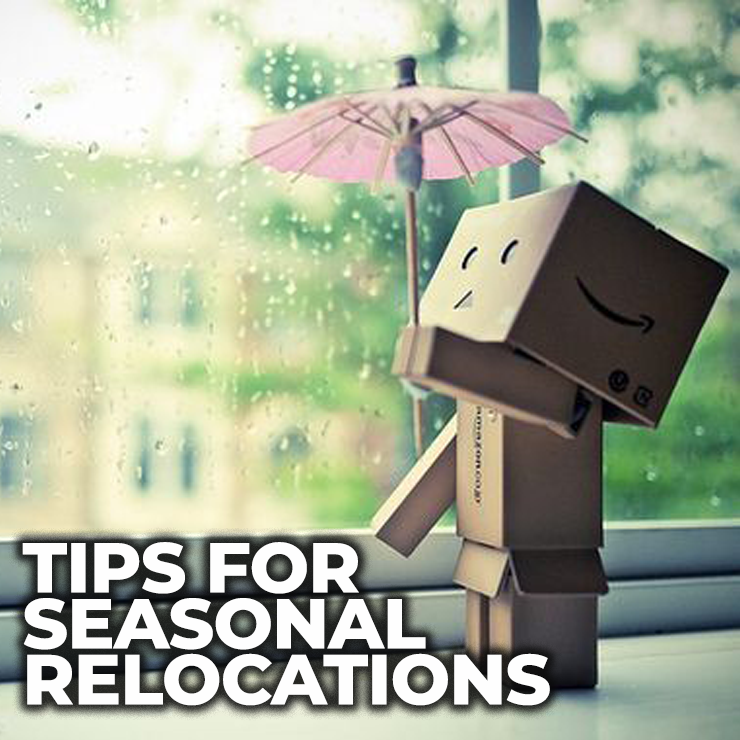
1. Plan According to Weather Forecasts:
– Check long-term weather forecasts for both your current location and the destination. Anticipate weather patterns to prepare for any potential disruptions or adjustments to your moving schedule.
2. Protect Belongings from Extreme Temperatures:
– Extreme heat or cold can affect certain items. For instance, electronics, musical instruments, and delicate items might need climate-controlled transportation to prevent damage from temperature fluctuations.
3. Protecting Fragile Items from Heat:
– Fragile items like candles, certain plastics, or perishable goods can be affected by heat. Consider transporting these items yourself in a climate-controlled vehicle or packaging them appropriately.
4. Adjust Packing Techniques:
– Consider weather-appropriate packing materials. For instance, in hot weather, prevent items from melting by using sturdy, temperature-resistant packing materials.
5. Rain Preparedness:
– If rain is in the forecast, use plastic covers or tarps to protect furniture and cardboard boxes. Ensure that boxes are sealed tightly to prevent water damage.
6. Weatherproofing Electronics and Appliances:
– Seal electronic devices, appliances, and important documents in waterproof containers or plastic bags to protect them from rain or moisture during transportation.
7. Communication with Movers:
– Keep open communication with your moving company. Discuss contingency plans in case weather conditions become challenging and have backup options in place.
8. Insurance and Liability Considerations:
– Review your moving insurance coverage. Some policies may have specific clauses regarding weather-related damage. Understand your liability and coverage in case of weather-related incidents.
9. Emergency Preparedness:
– Prepare an emergency kit with essentials such as first aid supplies, flashlights, batteries, and tools in case of unexpected weather-related delays or emergencies.





Leave a comment